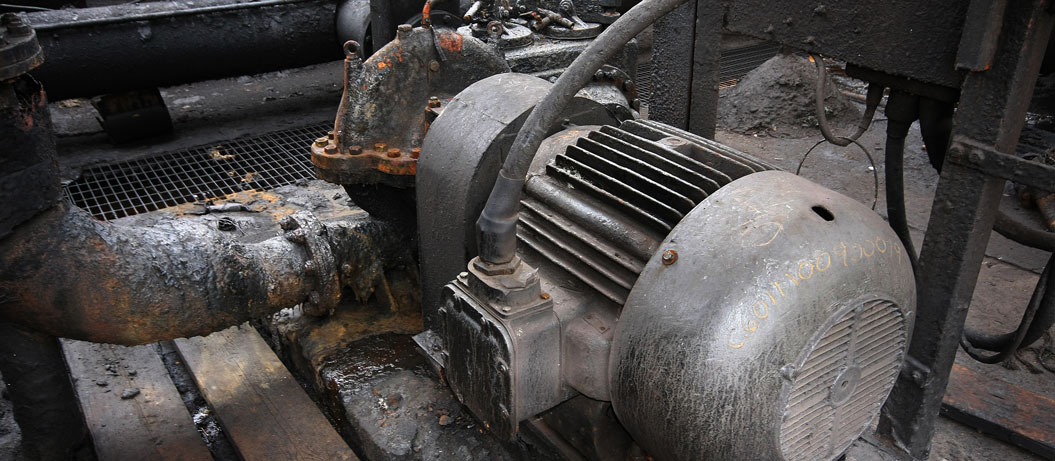In today’s fast-paced and competitive business environment, unplanned downtime is much more than just a nuisance. A pump that breaks down on a busy day causes missed deliveries, unhappy customers, a distraction to staff and contractors and sometimes causes flooding issues.
Costs related to pump downtime include the costs of missed production, water damage, keeping spare pumps and parts on site, diverted or idle labour, as well as the direct costs of repairing or replacing your pumps.
In our latest blog post, Bill Noakes of Atlantic Pumps looks at some of the simple things you can do to minimise pump downtime and keep your plant operating:
1. Regular Service, Maintenance and Repair
This is an effective way of keeping your pumps in good working order, but with many plants today running on minimal staff levels, pumps can often be forgotten about until they suddenly stop working. In industrial situations pumping large volumes and sometimes abrasive liquids, it is important to replace wear parts and keep to the service schedule. Some pump companies offer their customers a pump management system which records details of your pumps and reminds you to book a service.
2. Replace Your Pumps
New pumps are built with the latest technology and materials, will last longer and work more efficiently. This will have a direct impact on minimising downtime, and will also save you money in energy costs. Also, some suppliers will offer you a warranty, giving you extra peace of mind.
3. Use Equipment that is Easy to Repair
A simple but sometimes overlooked fact; buying a pump that can be repaired on site will save you time and money compared to one that has to be sent away for repair.
4. Use the Right Pump for the Job
Sometimes we’re tempted to buy on price rather than suitability, however this can often be a false economy. Slurry pumps will cost you significantly more than a clean-water pump, but if you are pumping slurry, it will last far longer and require far less maintenance and repair, giving a much lower lifetime cost and significantly less downtime.
5. Incorporate Sensors and Monitors
Some pumps have sensors built into them to detect seal failure and can activate a pump shut-down to save the motor from being damaged from contact with liquid. This minimises downtime as you only have to replace the seal, rather than having to rebuild the pump or order a replacement. Remote monitoring is a fast-evolving area of pump technology, allowing problems to be detected fast and accurately, even if you are off site.
6. Use a Pro-active Supplier
Despite the importance we all attach to reducing down-time, one of the most frustrating scenarios faced by a plant operator is when a pump is down, but the pump supplier is slow to respond, quote and then to deliver the parts or replacement pump. Using a supplier dedicated to rapidly responding to your requirements will have a positive impact on the effective running of your plant.

We also take a sustainable approach to our work and are committed to reducing energy waste from pumps. Our expert knowledge allows us to reduce energy usage by 20% on the average site!
Call us today on 0808 196 5108 for more information.
 February 2 2021
February 2 2021 3 Minutes min read
3 Minutes min read


